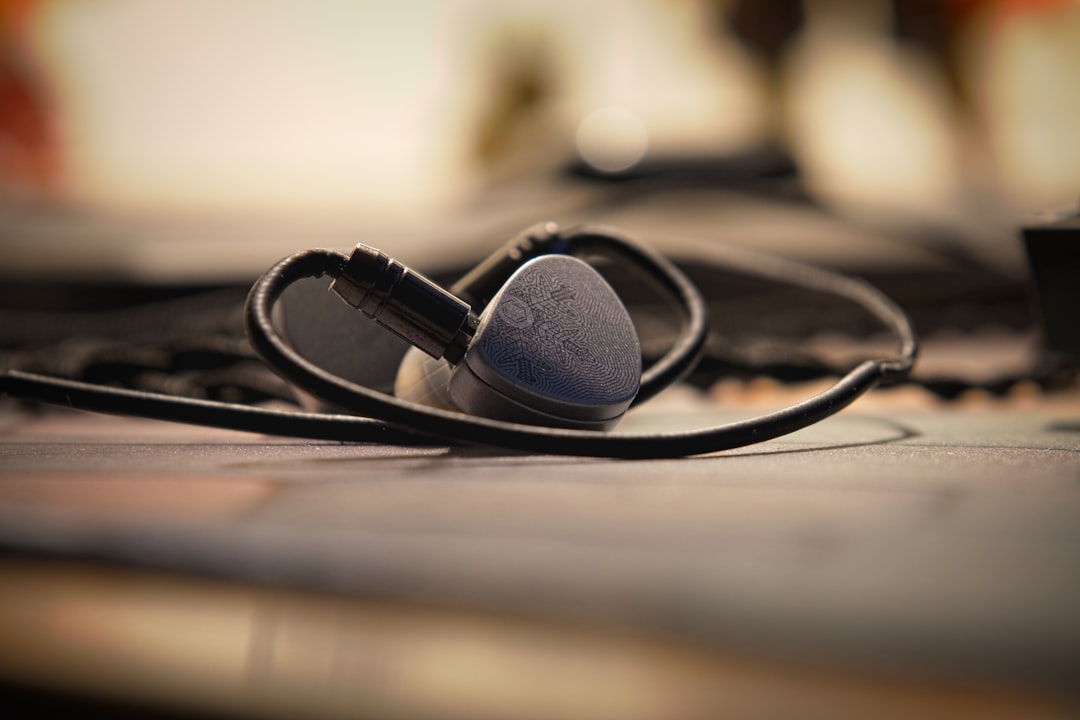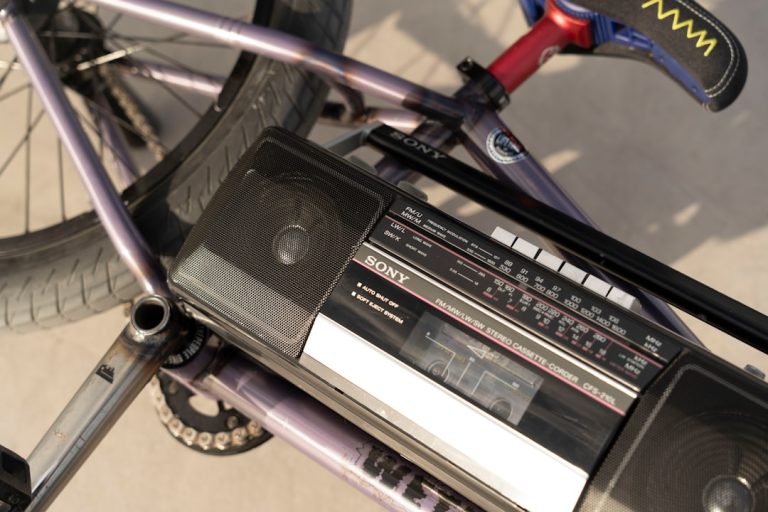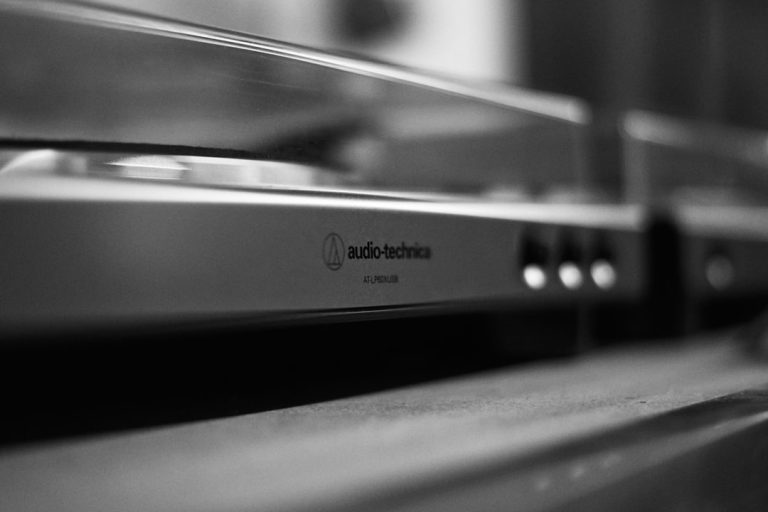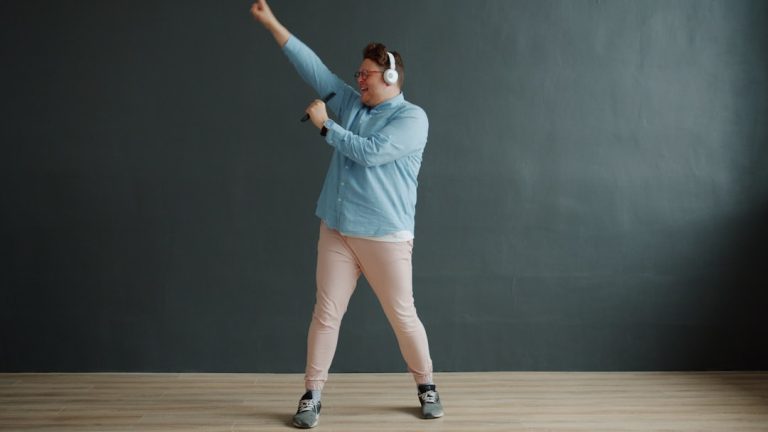The Sound of Tomorrow: Embracing Emerging Trends in Music and Audio Equipment
In an age where technology evolves at lightning speed, the realm of music and audio equipment is no exception. As artists, producers, and audio enthusiasts, staying abreast of the latest trends can not only enhance our sound but also redefine how we experience music. In this article, we’ll explore some of the most exciting emerging trends in music and audio equipment, delving into innovations that are changing the way we create and consume sound.
One of the most fascinating trends is the rise of smart audio equipment. Imagine walking into your studio and having your smart speaker automatically adjust the ambient sound, lighting, and even select the right instruments based on your previous sessions. Companies are now integrating AI technology into audio gear, which allows for personalized soundscapes. Smart microphones can adapt to different environments, reducing background noise and ensuring crystal-clear recording, making them a game-changer for musicians who record in less-than-ideal settings.
In addition to smart technology, there’s an increasing focus on sustainability within the audio equipment industry. Eco-friendly options are gaining traction, with brands launching products made from recycled materials or designed to be energy-efficient. For instance, solar-powered portable speakers and headphones crafted from biodegradable materials are now available. These innovations are not only good for the planet but also resonate with the growing number of environmentally conscious consumers who want their passion for music to align with their values.
As we move further into a digital world, virtual reality (VR) and augmented reality (AR) are beginning to influence how we engage with music. Imagine attending a concert from the comfort of your living room, fully immersed in a 360-degree audio experience. Some audio companies are already exploring VR concert experiences that allow fans to feel as though they are right in the middle of the action, interacting with artists and other fans in real time. This trend is likely to explode as more people seek ways to connect with their favorite artists, especially in the wake of recent global events that have limited live performances.
Moreover, the democratization of music production is another trend to watch. With high-quality recording equipment becoming more accessible, budding musicians are no longer restricted to professional studios. Today, anyone can create studio-quality music at home with affordable interfaces, microphones, and software. The surge in home studios has led to a vibrant community of DIY musicians, sharing tips and tricks on platforms like YouTube and social media. This trend not only fosters creativity but also empowers individuals to express themselves artistically without the barriers of entry that once existed.
Another captivating development is the exploration of spatial audio. This technology provides a more immersive listening experience by allowing sounds to be perceived from multiple directions, similar to how we hear in real life. As streaming platforms begin to adopt spatial audio formats, listeners can experience music in a way that feels more natural and engaging. Artists are increasingly creating tracks specifically designed for spatial audio, pushing the boundaries of creativity and sound design.
Finally, we can’t overlook the resurgence of analog equipment in a digital world. While the digital age has transformed how we produce and consume music, many artists are returning to vintage instruments and analog recording methods to capture warmth and authenticity in their sound. From classic synthesizers to reel-to-reel tape recorders, there’s a nostalgic appeal that connects artists to the roots of music production.
In conclusion, the world of music and audio equipment is rapidly evolving, driven by technological advancements and a desire for sustainability. From smart gear to virtual concerts, these trends are reshaping our relationship with music, enhancing our creative processes, and providing us with more options than ever before. As we embrace these changes, one thing is certain: the sound of tomorrow is bound to be more innovative, inclusive, and inspiring than ever before.




